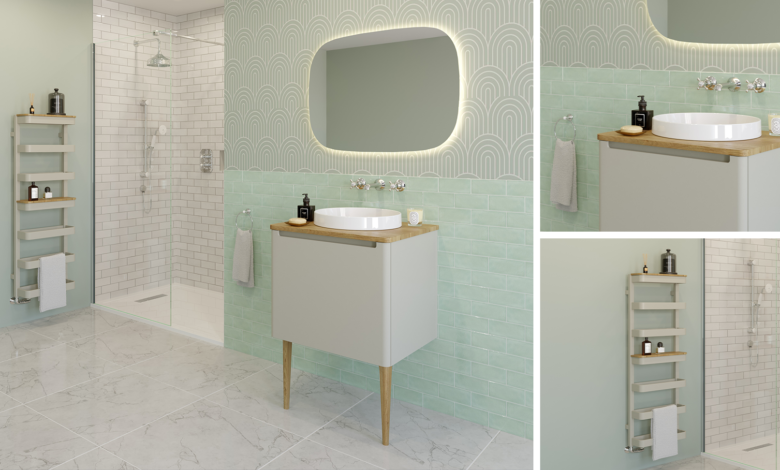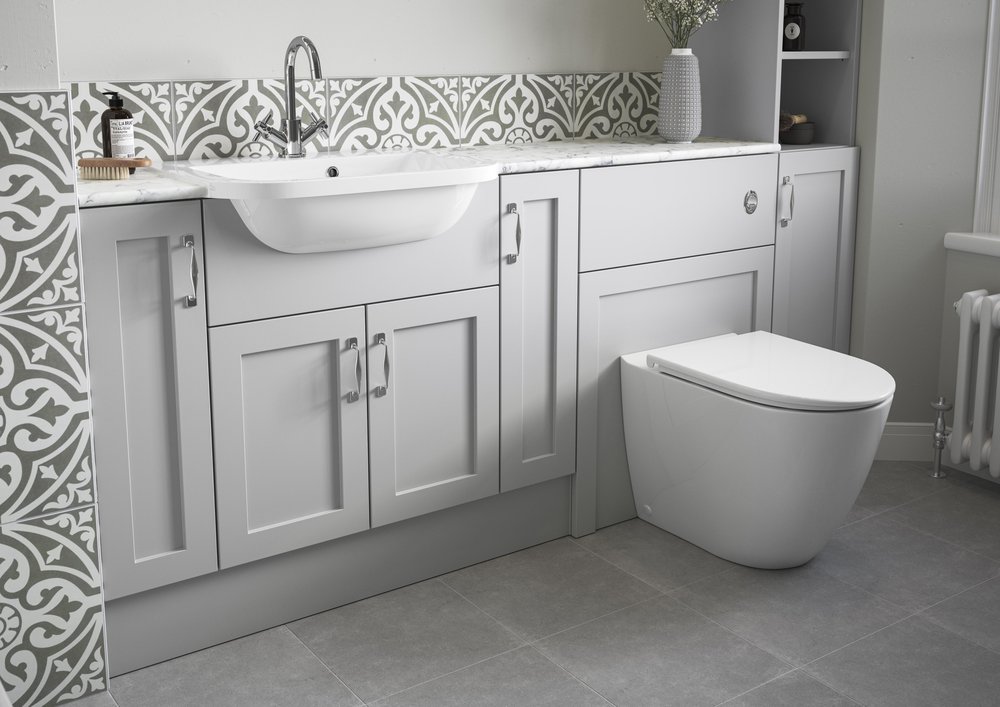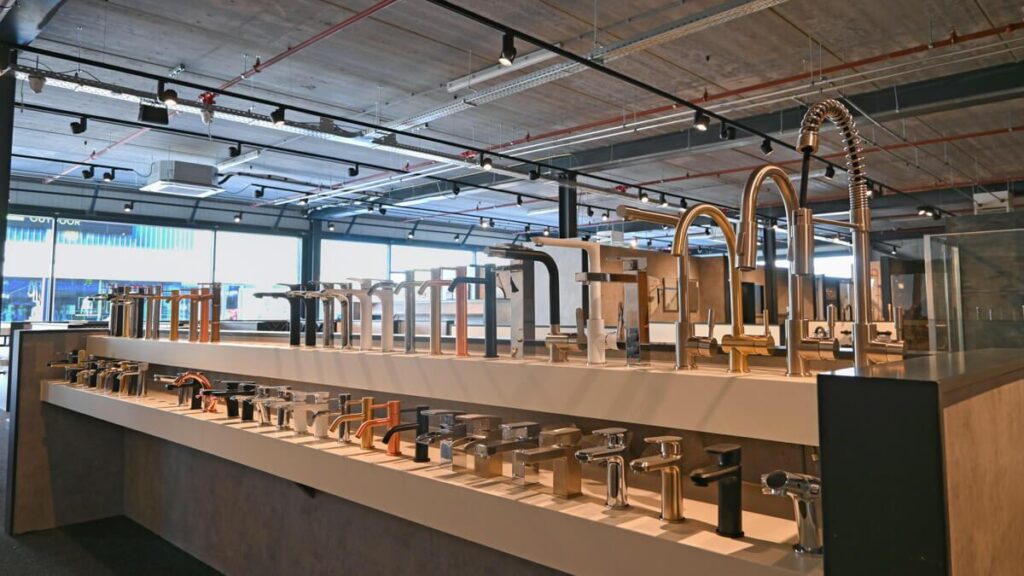Overview of plumbing

A “sanitakamer” (sanitizing chamber) is typically a small enclosed space, often made from materials such as plastic or other easily cleanable materials, where individuals can enter to be cleaned or disinfected. Such chambers are used in various environments like hospitals, laboratories, and food processing facilities to help reduce the spread of pathogens and contaminants.
The disinfection process typically involves using chemicals, ultraviolet (UV) light, or other methods to kill or remove harmful microorganisms that may be present on surfaces or on individuals entering the chamber.
In the context of the COVID-19 pandemic, sanitizing chambers have been used in some places as a means to reduce the risk of virus transmission. However, it’s important to note that the effectiveness of these chambers in preventing the spread of COVID-19 is still subject to discussion, and their use should be accompanied by other measures such as social distancing, hand hygiene, and mask-wearing.
Design and Technical Considerations

Design and technical considerations are essential when building a sanitizing chamber to ensure its effectiveness in reducing the spread of pathogens while also being safe for users. Some key factors to consider include:
- Chamber Design: The chamber’s design is a critical consideration when constructing a sanitizing chamber. The chamber should be designed to ensure that all surfaces are easily accessible for cleaning and disinfection, and that the chamber is airtight to prevent the spread of pathogens.
- Materials: The materials used to construct the sanitizing chamber should be carefully chosen to ensure they are durable, easy to clean and disinfect, and resistant to the aggressive chemicals and UV radiation used in the disinfection process. Common materials used in sanitizing chambers include plastic, stainless steel, and glass.
- Disinfection Method: The method used to disinfect the chamber and users is another important consideration. Different methods, such as UV radiation or chemical sprays, may be more effective for different types of pathogens. Safety and effectiveness of each method should be carefully evaluated.
- User Safety: User safety is a critical consideration when building a sanitizing chamber. The disinfection process should be designed to minimize the risk of exposure to harmful chemicals or radiation, and users should be provided with appropriate protective equipment such as gloves and face shields.
- User Experience: User experience is also an important consideration when designing a sanitizing chamber. The chamber should be designed to be user-friendly and minimize discomfort or inconvenience for users. Accessibility for individuals with disabilities should also be taken into account.
- Maintenance and Upkeep: The sanitizing chamber should be designed for easy maintenance and require regular cleaning and disinfection to ensure effectiveness. Regular checks and maintenance of the disinfection equipment should be carried out to ensure proper functioning.
- Regulatory Compliance: The design of the sanitizing chamber should comply with relevant regulatory standards and guidelines, such as those related to safety and hygiene in healthcare facilities or food processing companies.
Overall, careful consideration of these design and technical considerations is necessary when building a sanitizing chamber to ensure its effectiveness in reducing the spread of pathogens while being safe and user-friendly.

Safety Considerations
When using sanitizing chambers, several safety measures are necessary to ensure the health and well-being of users. Some key safety considerations include:
- Chemical Exposure: Some disinfection methods, such as the use of chemical sprays, may expose users to potentially harmful chemicals. Caution should be exercised in the use of safe and non-toxic chemicals, and users should be provided with appropriate protective equipment such as gloves, masks, and safety goggles.
- UV Radiation Exposure: Disinfection methods that use UV radiation can expose users to potentially harmful levels of radiation. It’s important to use UV lamps designed to emit safe levels of radiation, and users should be provided with appropriate protective equipment, such as gloves and face shields.
- Electrical Safety: Sanitizing chambers often use electrical equipment like UV lamps and nebulization systems. Care should be taken in the installation and maintenance of electrical equipment to prevent electrical hazards.
- User Comfort: The disinfection process can be uncomfortable for users, especially if it involves exposure to chemicals or UV radiation. Care should be taken to minimize user discomfort, and users should be provided with clear instructions on how to safely use the sanitizing chamber.
- Infection Prevention: While sanitizing chambers are designed to reduce the spread of pathogens, they should not become a source of infection themselves. The chamber should be regularly cleaned and disinfected to prevent the buildup of bacteria or other pathogens.
- Accessibility: Sanitizing chambers should be designed to be accessible for all users, including individuals with disabilities. The chamber should be large enough to accommodate users of various sizes and should be designed for ease of use by individuals with limited mobility.
Overall, safety considerations are crucial when using sanitizing chambers to ensure that users are protected from potential hazards related to the disinfection process. These safety considerations should be carefully taken into account when designing, installing, and using sanitizing chambers in various environments.
Future Developments and Innovations

Sanitizing chambers are a relatively new technology, and there is significant potential for future developments and innovations that can enhance their effectiveness, efficiency, and user experience. Some potential future developments and innovations in sanitizing chamber technology include:
- AI and Automation: Integration of artificial intelligence (AI) and automation technology could make sanitizing chambers more efficient and effective. For instance, AI can be used to identify high-risk areas or individuals needing additional sanitation, while automation technology can streamline the sanitation process.
- Self-Cleaning Materials: Development of self-cleaning materials could make sanitizing chambers more efficient and reduce the need for manual cleaning and upkeep. For example, surfaces coated with special materials that repel bacteria and viruses could reduce the risk of cross-contamination.
- Sensor Technology: Integration of sensor technology can enhance the accuracy and effectiveness of sanitation methods. For instance, sensors can be used to detect the presence of pathogens and adjust the sanitation process accordingly.
- Enhanced Sanitation Methods: Ongoing research is exploring new and more effective sanitation methods that can be used in sanitizing chambers. For instance, researchers are investigating the use of plasma, ozone, or other advanced sanitation technologies that may be more effective than traditional chemical or UV sanitation methods.
- Portable and Modular Designs: Development of portable and modular sanitizing chamber designs could make them more flexible and adaptable to different environments. For example, portable sanitizing chambers could be used in emergency situations or temporary events, while modular designs could be customized for specific spaces or requirements.
- Integration with Other Technologies: Sanitizing chambers could be integrated with other technologies, such as biometric identification systems or temperature screening technology, to create more comprehensive health and safety solutions.
Overall, there is significant potential for future developments and innovations in sanitizing chamber technology that can enhance their effectiveness, efficiency, and user experience. As technology continues to evolve, we are likely to see a range of new and exciting advancements in this field.




